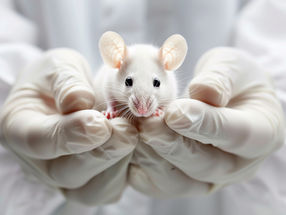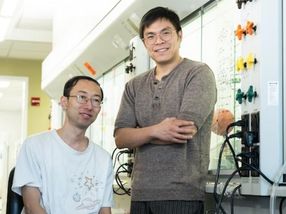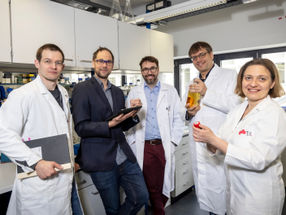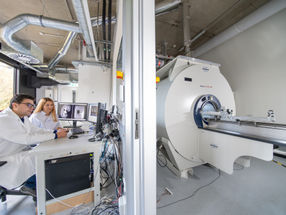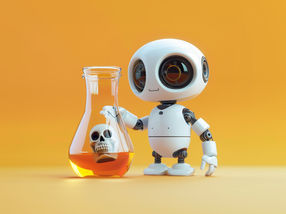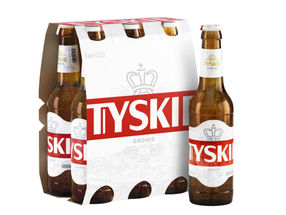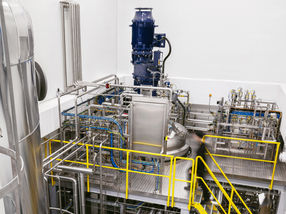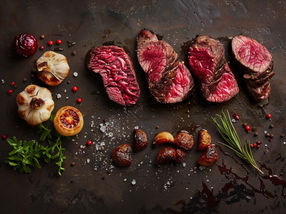New DNA analysis thousand times more sensitive
An international team of researchers has developed a new DNA technology which makes it possible to perform reliable analyses on DNA quantities that are a thousand times smaller than was previously the case. The method can be used, for example, to study small quantities of stem cells, starting tumour tissue, parts of plant and animal tissue, and archaeological samples. The team, which includes a researcher from Plant Research International, part of Wageningen UR, is publishing the new method in Nature Methods under the name LinDA.
The main difference between LinDA and commonly used methods is how DNA molecules are copied to make them identifiable in analysis equipment. With the current PCR-based DNA amplification methods only fragments between two primers can be amplified. Therefore regions with a higher GC content are more often amplified than regions with a higher AT content, as primers with high GC content bind to the DNA template at a higher temperature. With existing PCR based methods DNA fragments are amplified exponentially while LinDA DNA is amplified linearly. The latter is in particular attractive for the identification and quantification of low abundant DNA (or RNA) fragments.
In the new technology a specific DNA fragment is attached to the beginning and end of all DNA molecules in an analysis sample. This fragment is based on a specific piece of DNA that derives from a virus: the so-called T7 promoter. All DNA fragments containing this T7 promoter will be transcribed multiple times enabling DNA identification.
The new technology only copies original DNA molecules, while the commonly used techniques also copies copied molecules. The ‘old’ technologies are therefore often called ‘exponential’ because every copying attempt results in twice as many DNA molecules: 1, 2, 4, 8, 16, etcetera. As LinDA only copies the original DNA molecules, it creates a linear sequence: 1, 2, 3, 4, and so on.
Because the LinDA technology copies all DNA fragments in an analysis sample, and in a linear sequence as well, the DNA of a couple of thousand cells or a small archaeological find is sufficient. ‘Old’ technologies require approximately a thousand times more DNA. Moreover, the linear method is extra reliable as it has no bias toward GC reach regions, in contract to PCR based methods.
The LinDA technology can be used, for example, on a very small archaeological sample to determine what animal species it is from. It can also be used on starting tumours to study which genes are more or less active. In plants, the technology creates the opportunity to analyse the cells involved in a fungal infection in detail, thus building a better picture of a plant’s defensive system. This knowledge can then be used to develop plants that can better protect themselves against the fungus, which can in turn results in more sustainable plant production.
Other news from the department science
Most read news
More news from our other portals
See the theme worlds for related content
Topic World PCR
This groundbreaking and highly versatile molecular technique of PCR allows us to amplify tiny amounts of genetic material on a large scale and analyze them in detail. Whether in medical diagnostics, forensic DNA analysis or research into genetic diseases - PCR is an indispensable tool that gives us deep insights into the world of DNA. Immerse yourself in the fascinating world of the polymerase chain reaction (PCR)!

Topic World PCR
This groundbreaking and highly versatile molecular technique of PCR allows us to amplify tiny amounts of genetic material on a large scale and analyze them in detail. Whether in medical diagnostics, forensic DNA analysis or research into genetic diseases - PCR is an indispensable tool that gives us deep insights into the world of DNA. Immerse yourself in the fascinating world of the polymerase chain reaction (PCR)!
















